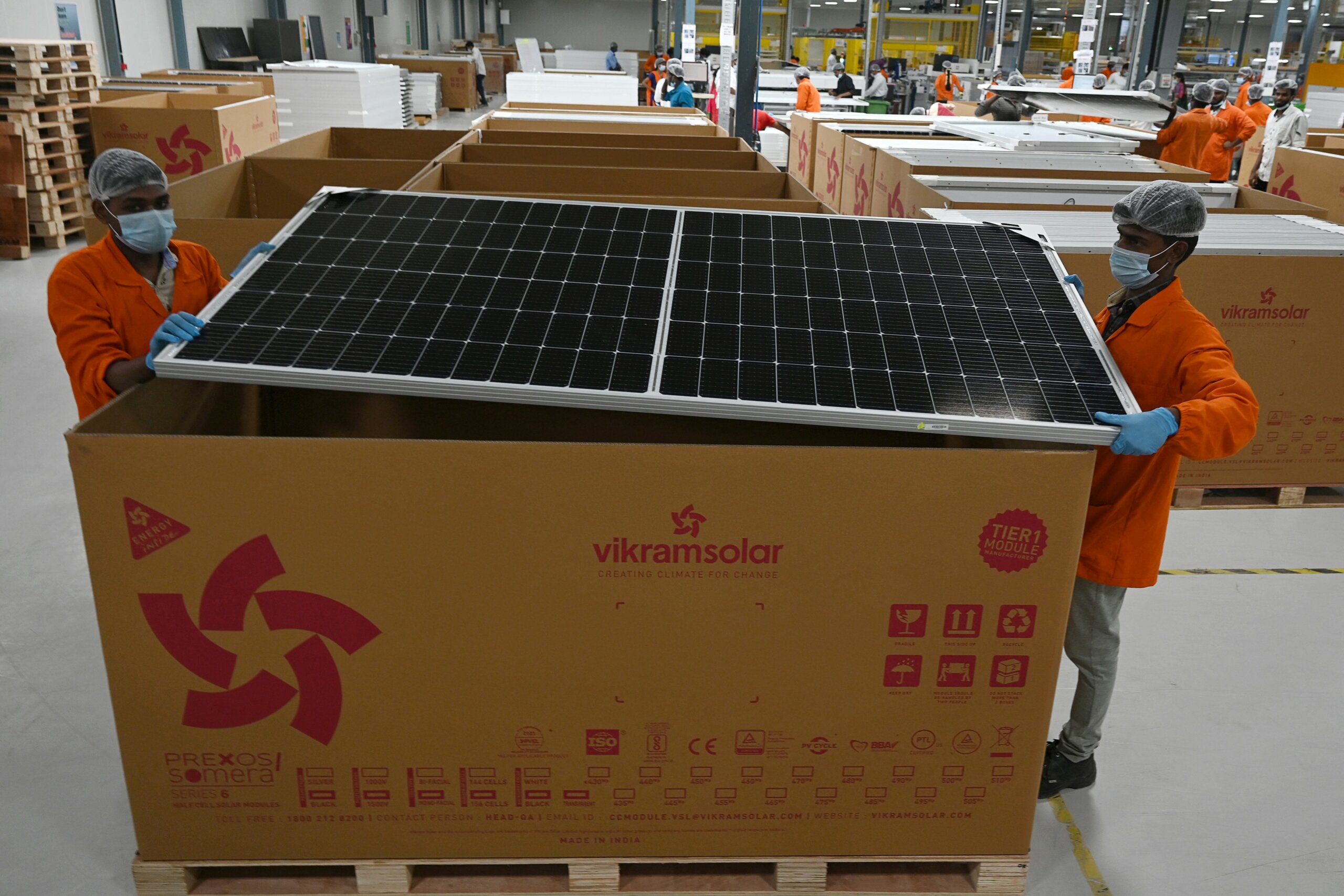Clean technology clears the path towards net-zero by 2050

At the recently-concluded COP26 summit in Scotland, world leaders from 40 countries agreed to coordinate the global adoption of clean tech to reduce their costs quickly. The plan, hailed as another Cop26 milestone by Prime Minister Boris Johnson, is to create 20 million new jobs globally and add over US$16 trillion towards both advanced and emerging economies.
Johnson launched the £3 billion Clean Green Initiative in Glasgow to help finance infrastructure and green technology in developing countries. Countries adhering to the Breakthrough Agenda include the UK, US, China, India, the EU, and Australia. It will cover clean power, zero-emission road vehicles, near-zero-emission steel production, low carbon hydrogen, and climate-resilient and sustainable agriculture.

Currently, coal powers 70%t of the India’s electricity generation, but Prime Minister Narendra Modi pledged on November 1 that it would produce more energy than India’s entire grid now through solar and other renewables by 2030. (Photo by Arun SANKAR / AFP)
Turbocharging clean tech
The vast majority of countries — 40 out of 45 — have signed up to an international plan intended to hugely accelerate the development and roll-out of clean technologies in developing nations. “By making clean tech the most affordable, accessible and attractive choice, the default go-to in what are currently the most polluting sectors, we can cut emissions right around the world,” said Johnson.
The new plans include a global electricity initiative launched by the UK and India and supported by the other nations. These super grids are vital to providing reliable electricity from renewable energy that can be locally intermittent. The Global Energy Alliance for People & Planet is another initiative focusing on producing clean electricity across the global south.
Clean technology innovations by 2030
Clean tech innovation makes it possible for companies to do business in ways that are better for the environment and more sustainable. While clean technology is often associated with green energy, it also includes a host of other innovations that have been around for years but are just now really taking off. By 2030 these technologies will be used in almost every industry, from manufacturing to transportation and healthcare to agriculture.
#1 – Smart Buildings
By 2030, most buildings will be smart. By incorporating real-time sensors and software into buildings, it is possible to monitor the environmental conditions in every room and adjust heating and air conditioning accordingly.
#2 – Solar Film Technology
Window film that generates solar energy is an innovative technology that allows consumers to power their homes with sunlight while still having clear views of the outside world. This is an excellent way for homeowners to generate an alternative energy source while enjoying natural lighting in their homes.
#3 – Carbon Capture and Storage
Carbon capture and storage (CCS) is a technology to reduce carbon dioxide emissions from coal-fired power plants, industrial facilities, and natural gas processing plants. CCS involves collecting the released CO2 from industrial processes and storing it in deep geological formations, such as depleted oil or gas reservoirs, or unmineable coal seams.
YOU MIGHT LIKE

Can tech giants bring the AI fight to climate change?
It is one of several technologies that are available for reducing greenhouse gases that contribute to climate change.
Milestones and challenges towards net-zero
According to Net Zero by 2050: a Roadmap for the Global Energy Sector, more than 400 milestones are needed to lead the global journey towards net-zero.
To date, this includes no investments in new fossil fuel supply projects and no other final investment decisions for new coal plants. In addition, not selling new internal combustion engine passenger cars by 2035, and the global electricity sector will have zero emissions by 2040. The report also states that new energy security challenges will emerge as we move towards net-zero by 2050, while the longstanding ones will persist even as oil and gas roles fade.
Increasing energy security challenges arising from the importance of electricity include the variability of the supply of some renewable energy and cybersecurity risks. The increasing reliance on critical minerals needed for essential clean energy technologies and infrastructures poses price volatility and supply disruptions risks that could prevent the transition.
We need action on climate change now, and we need it fast. The only way to do this is for wealthy nations to help poorer countries leapfrog dirty technology and build a sustainable future with clean technology.









